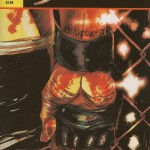 Blair Butler is 33 years old. In her time on this planet, she has managed to graduate from college, find some success in stand-up comedy, become head writer of a television show, and, eventually, find her way in front of the camera as the star of her own segment on G4’s Attack Of The Show called Fresh Ink. Oh, and if that’s not an already impressive list of accomplishments, this past week, Butler published her first comic book, Heart #1, with art by Kevin Mellon. She used it, she told Comic Book Resources, as an opportunity to bring together her love of comic books with her love of mixed martial arts fighting:
Blair Butler is 33 years old. In her time on this planet, she has managed to graduate from college, find some success in stand-up comedy, become head writer of a television show, and, eventually, find her way in front of the camera as the star of her own segment on G4’s Attack Of The Show called Fresh Ink. Oh, and if that’s not an already impressive list of accomplishments, this past week, Butler published her first comic book, Heart #1, with art by Kevin Mellon. She used it, she told Comic Book Resources, as an opportunity to bring together her love of comic books with her love of mixed martial arts fighting:
Most of my co-workers love the NFL, but MMA is my sporting poison. I talk about Anderson Silva and GSP [Georges St-Pierre] the way other folks talk about the Packers or the Bears, I’m like the Paul Aufiero of MMA — he’s the football-obsessed parking lot attendant in ‘Big Fan.’ And there’s sort of an interesting analogy to be made to superhero comics and mixed martial arts, if Batman or The Punisher were real, they’d likely be training MMA to get in proper crime-fighting shape. The Huntress would be subduing muggers with a rear naked choke or a spinning backfist.
Well, I’m 39. I like comic books, occasionally workout to Rachel Hunter’s Cardio Kickboxing Workout and this past Saturday I made the world safe from a bottle of Ketel One by turning it into pee.
So there. I am neither writing comic books nor subduing muggers with my terrifying spinning backfist.
Pardon me while I crack open another bottle of self-esteem. Ok, now let me tell you about the comic book.
Warning before entering the Internet octagon – soul searching, temp work and spoilers after the jump.
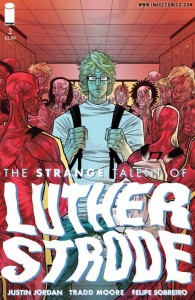
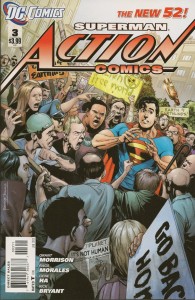
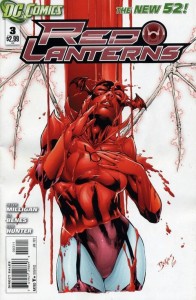
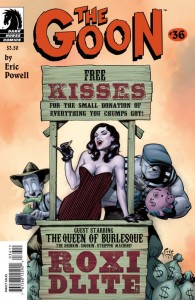
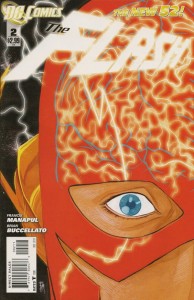
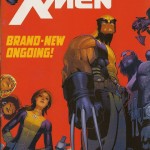
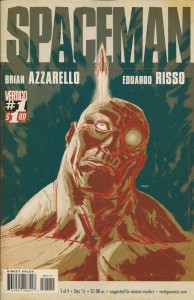
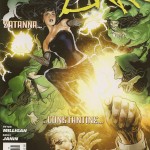
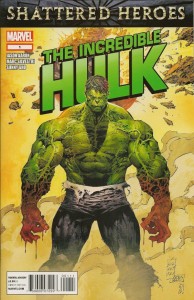
 Podcast RSS Feed
Podcast RSS Feed iTunes
iTunes Google Play
Google Play Stitcher
Stitcher TuneIn Radio
TuneIn Radio Android
Android Miro Media Player
Miro Media Player Comics Podcast Network
Comics Podcast Network